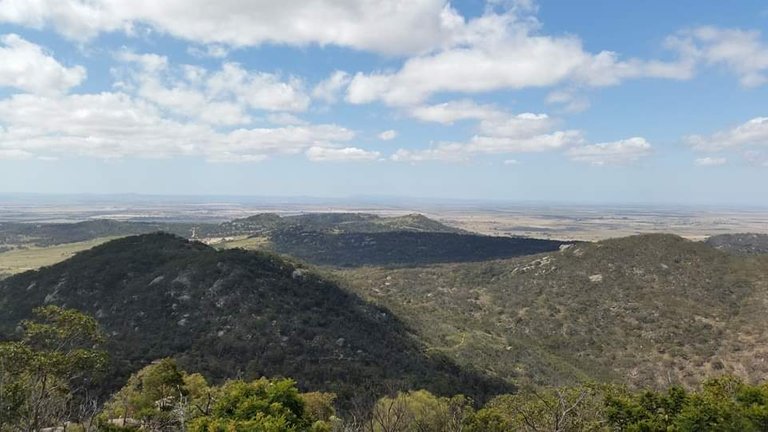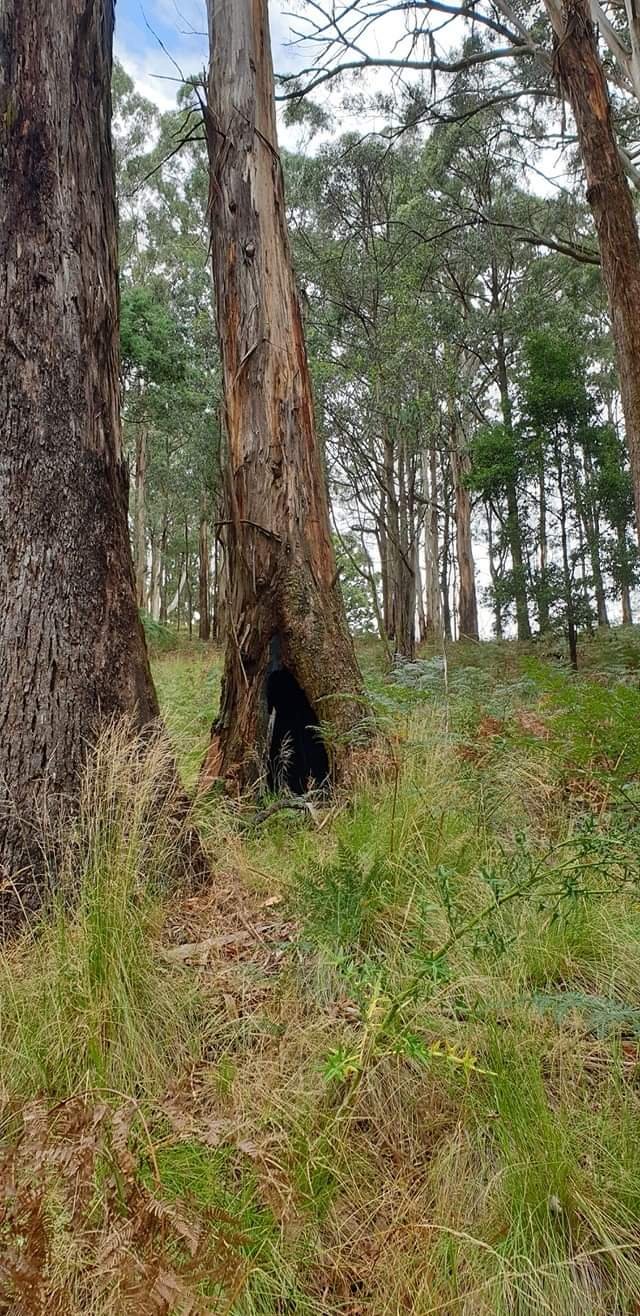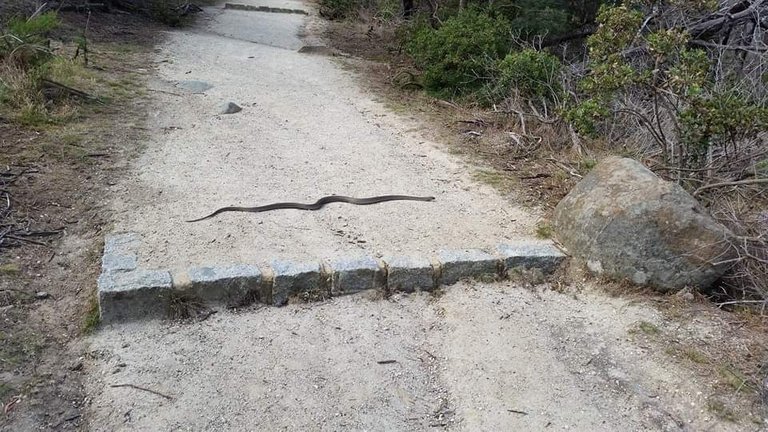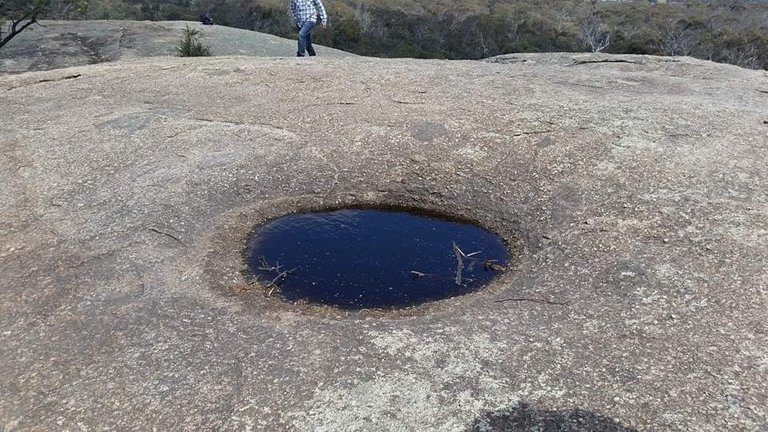
](url)
Australia is predominantly a dry arrid country and water scarce, although living in modern Australia with access to water through your tap it's easy to think that it's not the case. Settlements in Australia commenced along water beds, rivers and streams. Access to clean drinking water is vital for the survival of any community. Including mother nature.

](url) Trees and plants in Australia have adapted over the years to become drought tolerant. Often being home to large ecosystems of roots that go deep into the ground and can travel for quite the distance.
Some trees in Australia also have evolved to store water, as rain is often an annual event in some parts of Australia. Trees need to ensure they can survive for long periods of drought. They do this by sucking up water through their root system and storing it in their trunk. The flesh of these trees are quite soft and are known to be able to be eaten and water drained.
Today's day and age we are fortunate enough to be able to capture, store and transport water across the country through containers or pipelines. Mass amounts of irrigation now occur in areas that were once dry.
But how was it done in previous times? My first image is of the You Yangs a giant granite and volcanic rock formed mountain. It sticks out for miles as Australia is relatively flat and we don't have that many high mountains. More valleys and hills.
The You Yangs are home to a large variety of native plants and animals, the perfect hunting grounds for a nights dinner.

](url)
This Echidna lays in wait, a perfect dinner easy for the picking (if you avoid the spikes) and would have fed a family for a day or two. As well as provided sewing needles to form clothes and fish traps.
They are also one of the only survivg mammals that lay eggs alongside the platypus. Their eggs are high in protein and nutrients also.
But to travel to this oasis of food would have been very challenging, today all you need to do is go for a quick drive up the mountain and then the remainder of the walk to the peak is only a few kilometres.

](url) that being said, you will need to avoid the deadly snakes whose bite will leave you dead in 15 minutes. But fortunately, snakes don't go out of their way to attack they will often hide and scurry along out of your way.
But making this climb thousands of years ago without the ability to carry water would have posed risks. In fact to climb up this mountain would have taken a couple of days requiring a camp site with access to water. The camp-site would also need to be clear so you can see advancing predators and incoming dangers. Dingos once roamed these parts too.
So how did they do it?

](url)
All across the country in arrid areas are these dents in stone. For hundreds of years settlers anticipated them to be formed through erosion. But they are not. Settlers would also set up camp next to these thought to be nature formed wells.
Except their placements were measured, there were many along Indigenous trade routes and paths. In fact these wells were created by Indigenous Australians who would spend time grinding stone to create water catchments.
Depending on how dry the area was, the deeper the well was carved into stone. In this area there are quite a few shallow wells. Some as deep as 1m. They are all aligned to be in the centre of water pathways.
As it rains in the mountains the water travels along stone until it reaches the ground below. Forming momentary waterways which only last until the rain stops. Once the rain ceases and the flows no longer continue, what is left is trapped fresh water. Also being in the centre of the flow of water means the man made wells get flushed out and cleaned each time it rains. Ensuring the water remains drinkable.
In other areas where rain is less common, wells can be upto 3 meters deep.
That's alot of grinding away! As populations increased more wells would be created.
An absolutely ingenious way of ensuring there is clean drinking water available to people as the move through arrid locations.
These wells would also attract animals whom were in search of fresh drinking water. Also doubling as a trap. Being in a cliff side means that animals had no where to run. At times bigger animals would flee of the side of the cliff. Ensuring an easy meal at the bottom.
Do you have any ancient Indigenous hunting or survival stories from your country? I would love to hear about them.

Wow I didn't now they did this👍
It's quits amazing, every time I go I tell people the story about the wells and they are blown away.
We appreciate your work and your post has been manually curated by @redheadpei on behalf of Amazing Nature Community. It will be added to the weekly botany curation post. Keep up the good work